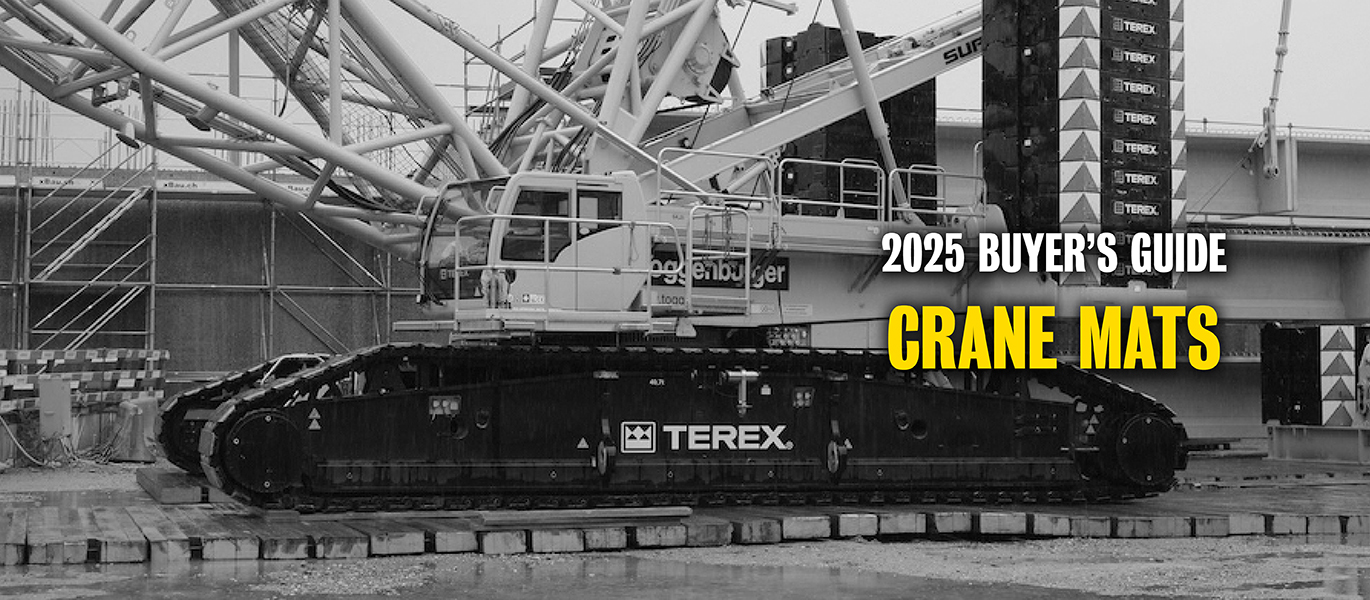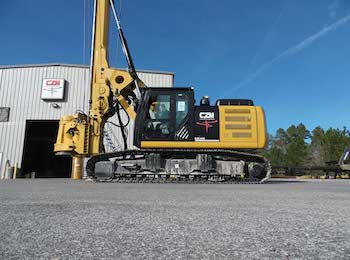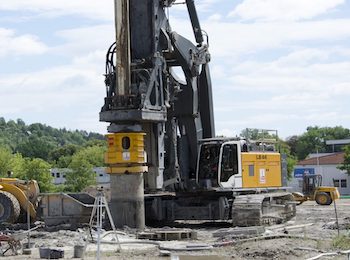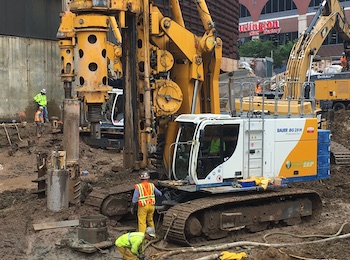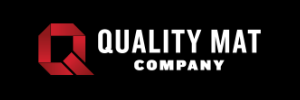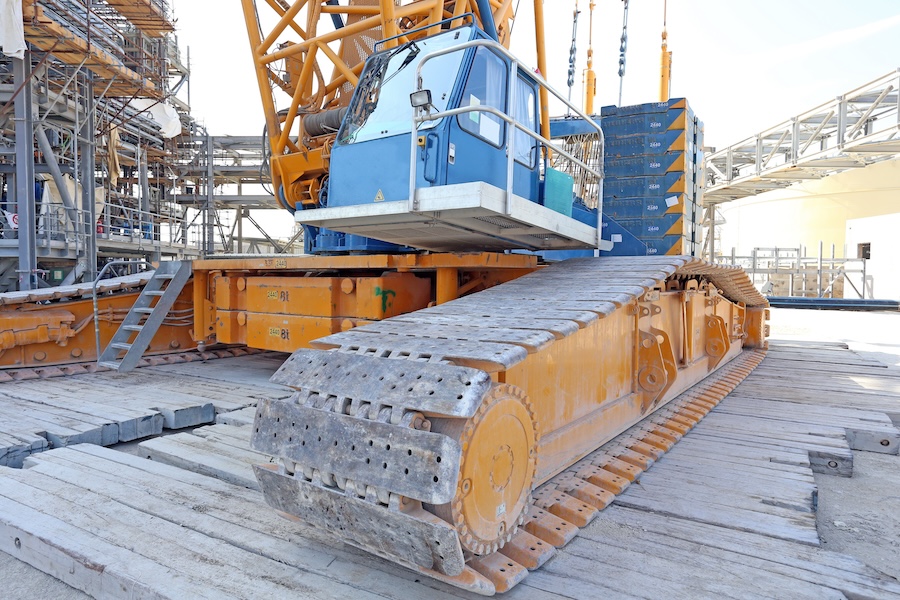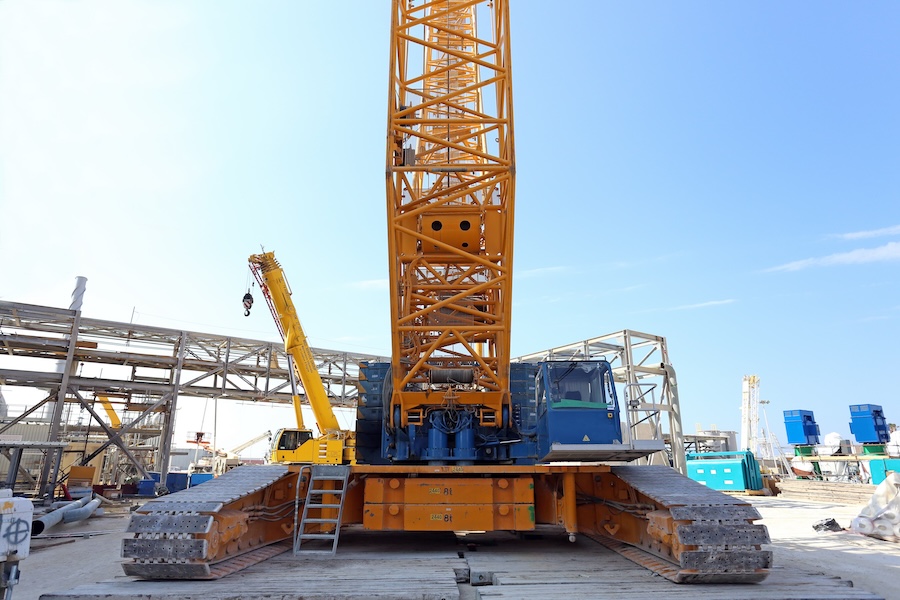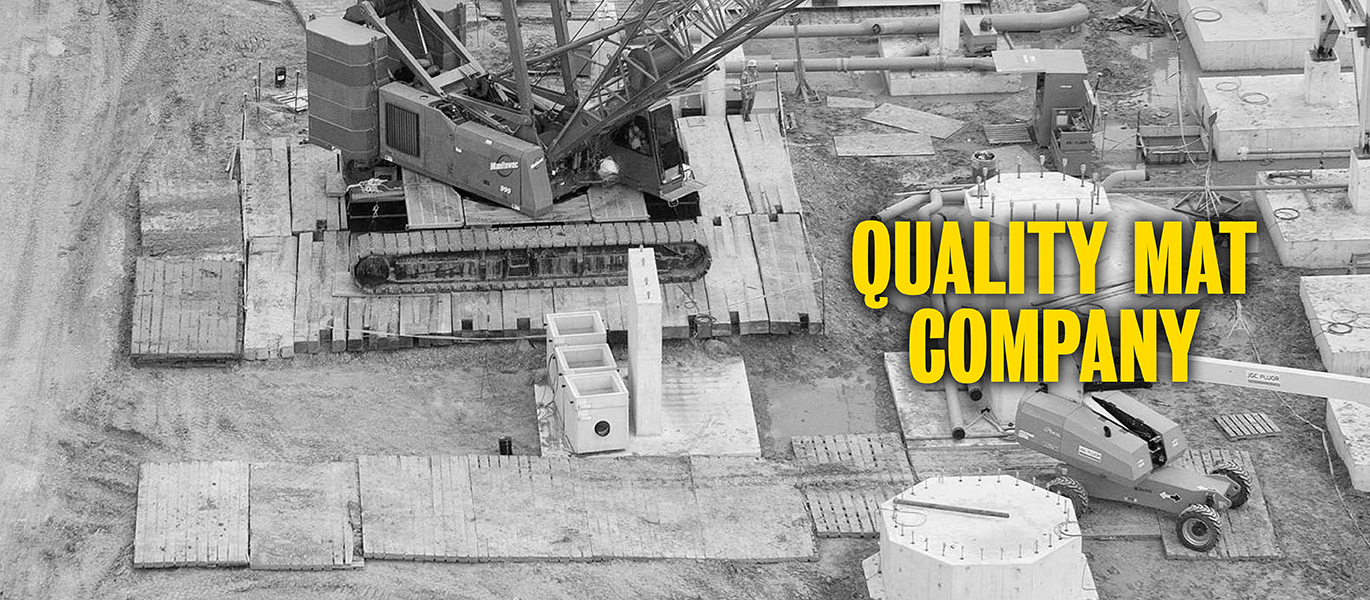Key Purchasing Tips and Best Practices
To maximize value and ensure your crane mats meet project needs, follow these best practices when buying and using them:
Define Project Requirements
Document your equipment specs (e.g., weight, outrigger loads), terrain conditions, and intended use (e.g., crane stabilization, temporary roadway). This ensures you select mats with the right size, type, and load capacity.
For example, a 60-ton all-terrain crane on a wetland site requires 8-inch-thick timber mats, while a lighter excavator on firm ground may use 6-inch laminated mats.
Source from Reputable Suppliers
Partner with trusted vendors like Eiffel Trading, Buckeye Mats, or Ritter Forest Products, which offer a range of new and used mats with detailed grading and load-bearing specs. Buckeye Mats, for instance, maintains inventory across 80+ locations for quick delivery, shipping over 6,000 truckloads in 2023.
Check supplier expertise—Buckeye Mats boasts 14 years in the business with 59 years of combined team experience, ensuring they can recommend mats tailored to your site.
Inspect Mats Before Purchase
For used mats, inspect for cracks, warping, or bolt damage. Ensure lifting bolts are intact, as they simplify loading and installation. Mats with excessive wear (Grade C) may be discounted but should be used cautiously for heavy loads.
Request prior application history to assess stress levels. A Grade A mat used for light roadway access will outlast a Grade B mat used under a 200-ton crane.
Consider Logistics and Storage
Mats are stackable and easy to transport, but delivery timelines vary. Suppliers like Buckeye Mats provide accurate delivery updates through dedicated logistics teams, ensuring timely arrival.
After use, sell unused mats to recoup costs and free up storage space. Timber mats can rot if left outdoors, so store them in dry, covered areas to preserve their 5-year lifespan.
Leverage Customization and Support
Opt for custom sizes if standard dimensions don’t fit your needs. Suppliers like Buckeye Mats partner with sawmills to offer tailored solutions, such as 12-inch x 4-foot x 16-foot transition mats for enhanced safety.
Seek suppliers offering site assessments. Buckeye Mats provides free evaluations to recommend mats based on terrain and equipment, reducing the risk of under- or over-specifying.
Plan for Reuse or Resale
Crane mats are built for multiple project cycles. If you don’t plan to reuse them, sell them on platforms like Eiffel Trading’s marketplace, where there’s high demand for Grade A, AB, and B mats.
Selling used mats not only recovers part of your investment but also saves on storage costs, which can be significant if you store equipment offsite.
By following these tips, you can select crane mats that align with your project goals, budget, and timeline, ensuring efficient and safe operations.

